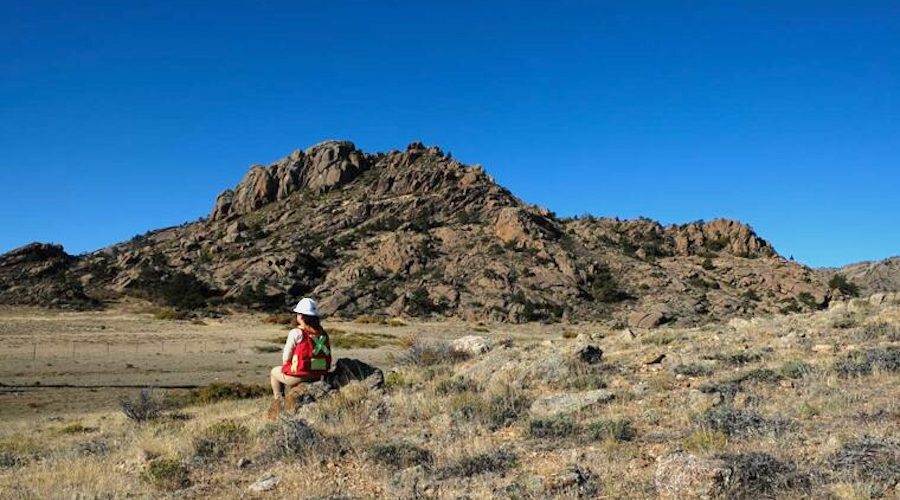Fort Hills a ‘sweet spot’ for Teck

The Fort Hills oil sands project remains Teck Resources’ (TSX: TCK.B; NYSE: TCK) main growth project, Andrew Golding, the company’s senior vice president of corporate development, said during the 2014 Global Metals, Mining and Steel Conference in mid-May.
“Mined oil sands are right in the ‘sweet spot’ for Teck for a number of reasons. Our strategy is to be a diversified mining company and oil sands are a great addition to our product portfolio,” he said. (Teck’s current portfolio focuses on coal, zinc and copper.)
Fort Hills is in Alberta’s Athabasca region, 90 km north of Fort McMurray. Teck, which owns 20% of the project, claims it is “one of the best undeveloped oil sands mining assets in the region.”
Golding adds the province is a “tremendous place” to invest, explaining it complements the company’s strategy of working in low-risk jurisdictions.
Fort Hills, operated by 40.8%-owner Suncor Energy (TSX: SU; NYSE: SU), will be developed as an open-pit truck and shovel mine. Total E&P Canada Ltd., a subsidiary of Total (NYSE: TOT), owns the remaining 39.2%.
The project is set to process 110 million tonnes of oil sands a year. That works out to be 180,000 barrels of bitumen per day at full production. Teck’s share of output is 36,000 barrels of bitumen per day, or 13 million barrels a year.
Suncor estimates first production could start as early as the fourth quarter of 2017. Once online, the project should ramp up to 90% of its full capacity within 12 months.
The total reserves falling under the company’s 20% working interest are 608 million barrels of bitumen. Fort Hills also has a contingent resource of 26 million barrels associated with Teck’s interest.
“It is a truly world-class resource [project], providing for an exceptionally long life of 50 years or more,” Golding said.
Since Fort Hills got green-lighted for development six months ago, many investors highlighted execution risk as their key concern, Golding noted. However, Teck believes that risk will be minimized due to Fort Hills’ disciplined execution plan and Suncor’s proven track-record of bringing projects online within budget.
“Particularly notable is that the management team is scheduling the development around a balanced manpower profile to avoid the inefficiencies and costs associated with having temporarily peaks in the workforce,” Golding said.
Suncor forecasts spending $3.16 billion on the project this year, putting Teck’s share at $850 million, including its earn-in commitments. In first quarter of 2014, Teck had spent $114 million at Fort Hills.
From 2014 to 2017, Teck expects to invest a total of US$3 billion on the project.
{{ commodity.name }}
{{ post.title }}
{{ post.date }}

Comments